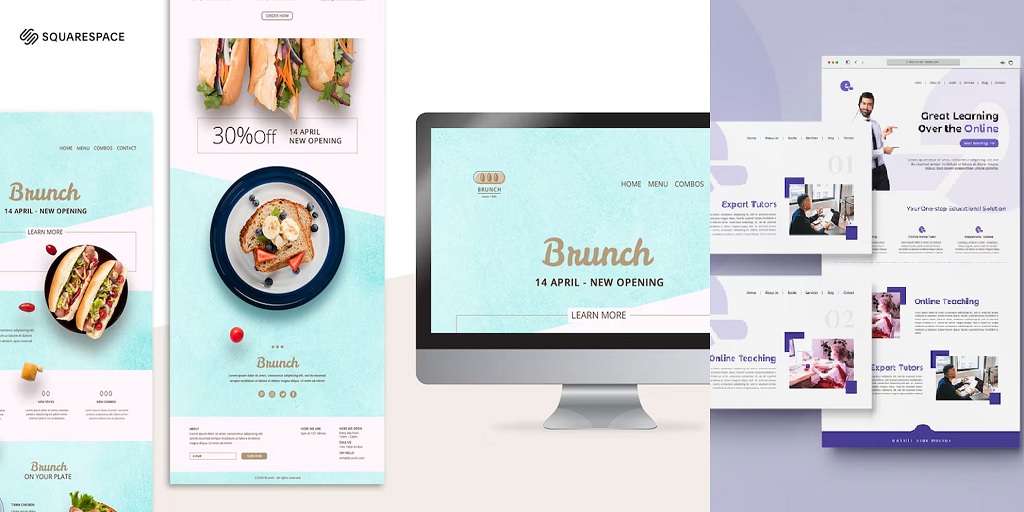Building a Minimum Viable Product (MVP) is a crucial step for any startup or enterprise aiming to test a new product idea quickly and cost-effectively. When we set out to create a scalable MVP within just three months, we knew our technology stack would be pivotal. After evaluating various front-end frameworks, we chose React.js due to its flexibility, speed, and community support. As a ReactJS development company, our experience helped us navigate this intensive journey, resulting in a functional, scalable MVP that laid the foundation for further growth.
In this article, we’ll walk you through the process we followed, the architecture decisions we made, the tools and libraries we integrated, and the lessons we learned along the way.
Why We Chose React.js for Our MVP
React.js stood out for multiple reasons:
- Component-Based Architecture: React promotes reusable components, which allowed us to speed up development and maintain consistency throughout the app.
- Virtual DOM: React’s Virtual DOM ensured optimal rendering performance, even as our app grew in complexity.
- Strong Community & Ecosystem: The rich ecosystem of React libraries and third-party tools enabled us to integrate functionalities without reinventing the wheel.
- Scalability: React’s architecture made it easy to scale both in terms of performance and codebase size.
With these benefits in mind, React was the clear choice for building a product that could start small and grow seamlessly.
Step-by-Step Breakdown of Our MVP Development
1. Discovery Phase (Week 1-2)
Before writing a single line of code, we dedicated two weeks to understanding the product requirements, user needs, and business goals.
- User Personas: We identified who would use the product and what problems it needed to solve.
- Core Features: We listed features that were necessary for the MVP. These included user authentication, a dashboard, analytics, and an admin panel.
- Wireframing: Low-fidelity wireframes helped visualize the user journey and gather feedback early.
- Tech Stack Finalization: React.js for the front end, Node.js with Express for the backend, and MongoDB for data storage.
During this phase, our team of analysts and developers worked closely with stakeholders to ensure that the MVP scope was clearly defined.
2. Architecture Design (Week 3)
Good architecture is essential for scalability. We opted for a modular architecture with a focus on the separation of concerns.
Key Decisions:
- Component Structure: Divided the UI into atomic, molecule, and organism components for reusability.
- State Management: Choose Redux Toolkit for predictable state management and RTK Query for data fetching.
- Routing: Used React Router v6 for clean and dynamic routing.
- Authentication: Implemented JWT-based authentication with role-based access control.
We followed best practices to ensure that components were stateless where possible and that side effects were managed cleanly.
3. Development Phase (Week 4-10)
With the architecture in place, our development team moved into a sprint-based development model. Each sprint lasted two weeks, with demo days at the end to showcase progress.
Highlights:
- Reusable UI Components: Created a design system with reusable buttons, form controls, modals, and layout components.
- API Integration: Backend APIs were consumed using Axios, with proper error handling and loading states.
- Form Handling: Used Formik and Yup for managing and validating complex forms.
- Testing: Implemented unit tests using Jest and React Testing Library for mission-critical components.
The agile process helped us prioritize features and make course corrections based on stakeholder feedback.
4. Performance Optimization (Week 11)
As the MVP neared completion, we shifted focus to performance and scalability.
- Code Splitting: Used React’s lazy loading to split code and improve initial load time.
- Memoization: Applied React. memo, useMemo, and useCallback to avoid unnecessary re-renders.
- Bundle Analysis: Leveraged Webpack Bundle Analyzer to identify and eliminate large dependencies.
- Responsive Design: Ensured mobile-first, responsive design using CSS modules and Tailwind CSS.
By the end of this week, the app was not only functional but also fast and responsive across devices.
5. Testing and Deployment (Week 12)
Our final week was dedicated to quality assurance, user testing, and preparing the MVP for deployment.
- End-to-End Testing: Conducted thorough testing using Cypress to simulate real user scenarios.
- Bug Fixes: Based on QA feedback, we resolved bugs and edge-case issues.
- CI/CD Pipeline: Set up automated deployment pipelines using GitHub Actions and Docker containers.
- Deployment: Deployed the app to AWS using ECS and S3 for static assets.
The MVP was launched successfully, and initial user feedback validated our product assumptions.
Tools and Libraries We Used
Here’s a list of notable tools that contributed to the success of our MVP:
- React.js – Core framework
- Redux Toolkit – State management
- React Router v6 – Routing
- Formik & Yup – Form handling
- Axios – API calls
- Tailwind CSS – Styling
- Jest & RTL – Unit testing
- Cypress – E2E testing
- ESLint & Prettier – Code quality
- Webpack – Module bundling
The combination of these tools allowed us to maintain a clean codebase while maximizing productivity.
Lessons Learned
1. Start with a Solid Foundation
Taking the time to define architecture and set up a scalable folder structure early on saved us hours of refactoring later.
2. Prioritize Core Features
It’s tempting to include every nice-to-have, but focusing only on core features kept us aligned with the goal of a minimum viable product.
3. Optimize as You Go
Rather than postponing all performance improvements to the end, we continuously optimized code as features were developed.
4. Communication is Key
Daily standups, sprint planning, and retrospectives were instrumental in keeping the team aligned and productive.
Why React.js is Ideal for MVPs
For any business considering building an MVP, React.js is a solid choice. Its ecosystem supports rapid development without sacrificing performance or scalability. As a provider of ReactJS development services, we’ve seen firsthand how React enables faster go-to-market timelines, a modular architecture for team collaboration, and the ability to scale from MVP to full-featured product with minimal overhead.
Conclusion
Building a scalable MVP in just three months is no easy feat, but with the right planning, tools, and team, it’s entirely achievable. React.js proved to be the ideal front-end technology, offering the balance of speed, flexibility, and long-term scalability that we needed. Whether you’re a startup founder or a product manager exploring MVP options, investing in a solid tech stack and working with an experienced team can make all the difference.
The MVP is just the beginning—thanks to the scalability of our setup, we’re already planning feature expansions and user experience enhancements in the next phase.



